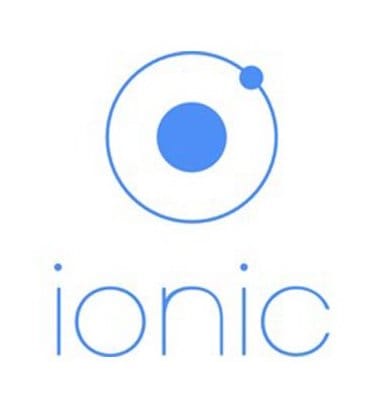
In this tutorial, we will show you how to install Ionic Framework on Debian 11. For those of you who didn’t know, Ionic Framework is the most popular cross-platform mobile development framework. Ionic comes with integrations for popular frameworks like Angular, React, and Vue and is one of the more popular frameworks amongst developers today in the mobile applications field.
This article assumes you have at least basic knowledge of Linux, know how to use the shell, and most importantly, you host your site on your own VPS. The installation is quite simple and assumes you are running in the root account, if not you may need to add ‘sudo‘ to the commands to get root privileges. I will show you the step-by-step installation of Ionic Framework on a Debian 11 (Bullseye).
Prerequisites
- A server running one of the following operating systems: Debian 11 (Bullseye).
- It’s recommended that you use a fresh OS install to prevent any potential issues.
- A
non-root sudo useror access to theroot user. We recommend acting as anon-root sudo user, however, as you can harm your system if you’re not careful when acting as the root.
Install Ionic Framework on Debian 11 Bullseye
Step 1. Before we install any software, it’s important to make sure your system is up to date by running the following apt commands in the terminal:
sudo apt update sudo apt upgrade sudo apt install gnupg2 python-software-properties
Step 2. Installing Node.js.
The Ionic framework will need Node.js installed. Now we add the Node.js repository:
curl -fsSL https://deb.nodesource.com/setup_lts.x | sudo -E bash -
Next, install Node.js using the following command below:
sudo apt install nodejs
Verify the version and build of Node.js:
node --version
Step 3. Installing Cordova.
Now use the following command to install Cordova on your system using npm the command:
sudo npm install -g cordova
Step 4. Installing Ionic Framework on Debian 11.
Run the following command below to install Ionic Framework to your system:
sudo npm i -g @ionic/cli
Verify the version of the Ionic Framework:
ionic -v
Step 5. Create the project.
Now, we need to create a new Cordova project somewhere on the computer for the code for our app:
ionic start HelloWorldMyApps blank
Then, change the directory to HelloWorld and list the contents:
cd HelloWorldMyApps
Next, enable the Android platform and build the project for Android with the following command:
ionic platform add android ionic cordova build android ionic cordova emulate android
Congratulations! You have successfully installed Ionic Framework. Thanks for using this tutorial for installing the latest version of the Ionic Framework on Debian 11 Bullseye. For additional help or useful information, we recommend you to check the official Ionic website.